In order to reduce the energy consumption during friction, a friction modifier has recently been added to the gear oil. It relies on polar groups in the molecule to form an adsorption film by physical or chemical adsorption on the metal surface to reduce the friction coefficient. Commonly used friction modifiers are fatty acids, fatty alcohols, fatty acid soaps, hydrazines, fatty amines, fatty guanamines, and sulphonic and vegetable oils. When the working temperature of the gear oil increases, the additive adsorption film begins to desorb, and the desorption temperature is related to the sub-structure. Generally, the desorption temperature of alcohol and acid is lower, below 130 ° C, while the fatty amine can reach 150 ° C, and the fatty guanamine can reach 170 ° C.
Different additives are added to the industrial gear oil, and they interact with each other. The combination of certain additives produces a synergistic effect and some additives can interfere. Obviously, due to competitive adsorption, the addition of an anti-corrosion additive to the aluminum alloy ladder prevents the extreme pressure anti-wear additive from reacting with the metal surface to form a film, thereby reducing extreme pressure and abrasion resistance. The selection of industrial gear oils is the most important choice for ensuring the operating parameters of the equipment, extending the service life of the equipment and improving the economic efficiency of the enterprise. The selection of the variety and viscosity grade of industrial gear oils is first of all, the types of gears are different, the shape and the meshing mode are different, and the formation of lubricating oil membranes has obvious differences. Generally, spur gears, bevel gears, helical gears, herringbone gears and spiral bevel gears easily form an oil film on the tooth surface. Therefore, the corresponding working conditions are relatively moderate.
The worm gear tooth surface has a relatively high sliding speed and a large frictional heat, and a high viscosity gear oil with a friction modifier is used. In addition, if the tooth surface is rough, a higher viscosity gear oil should be used. The working condition of the gear refers to the temperature, running speed, transmission power, load bearing and impact load of the gear during operation. Generally speaking, high-viscosity gear oil should be used for higher working temperature; low-viscosity gear oil should be used for gears with high running speed; anti-oxidation and anti-rust gears can be selected when gear transmission power is small, load is low, and there is no impact load. Oil; gear transmission power is large, and when there is impact load, extreme pressure industrial gear oil should be used; if the contact stress of the tooth surface is greater than 10N/mn12 inch, heavy industrial gear oil must be used.
The environmental conditions for gear operation refer to the ambient temperature at the time of gear operation and whether it is easily contaminated by water. If the gear is likely to start at a lower temperature, consider the pour point and low temperature viscosity of the gear oil. If the gear oil is highly susceptible to water contamination, the anti-emulsification and water separation performance of the gear oil should be carefully considered. Problems and Solutions Occurred in the Use of Gear Oils Industrial gear oils may deteriorate due to changes in temperature, load, operating conditions, and foreign matter, or may cause many problems due to improper oil selection or operation. Solved in time.
â‘ Hardness:
Due to the scientific synthesis of high-molecular polyurethane elastomer materials using iron rubber, the higher the hardness, the higher the modulus, the smaller the elongation, and the better the wear resistance and heat resistance. Well, in the range of minus 35 degrees Celsius to 100 degrees Celsius, and at a pressure of 60 to 70 MPa, the maximum sealing performance can be guaranteed.
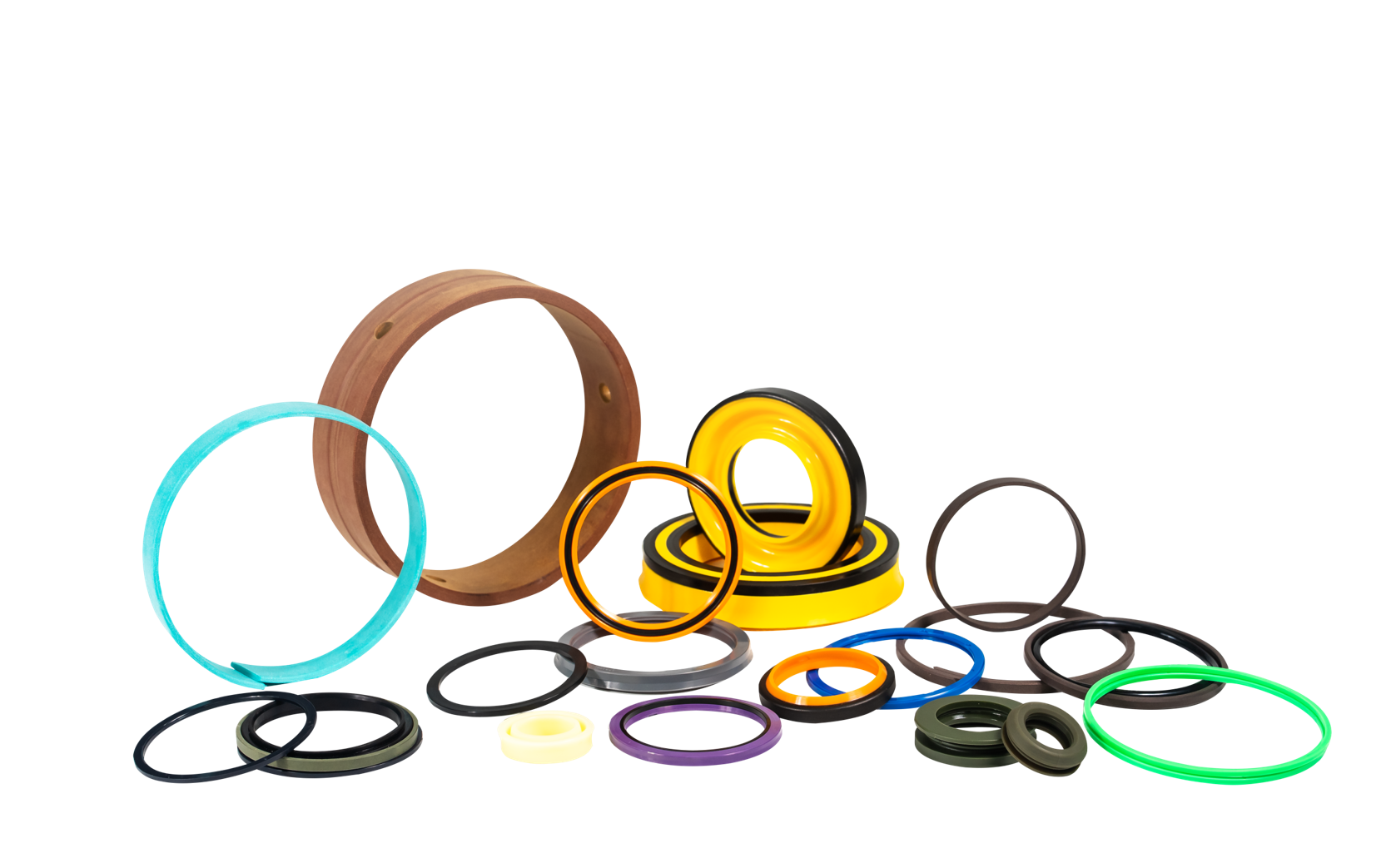
The use of viscoelastic seals made of nitrile rubber is the most complete protection against damage caused by back pressure. In the range of minus 55 degrees Celsius to 100 degrees Celsius, and under a pressure of 21MPa, due to the rubber The seal is often in a compressed state, so the compression performance of the rubber seal must be considered. It not only achieves enhanced anti-climbing performance and low friction resistance, but also has good performance in dealing with special low-temperature oil, and can also be used in combination with Anti-wear Ring double-purpose retaining ring BRL type.
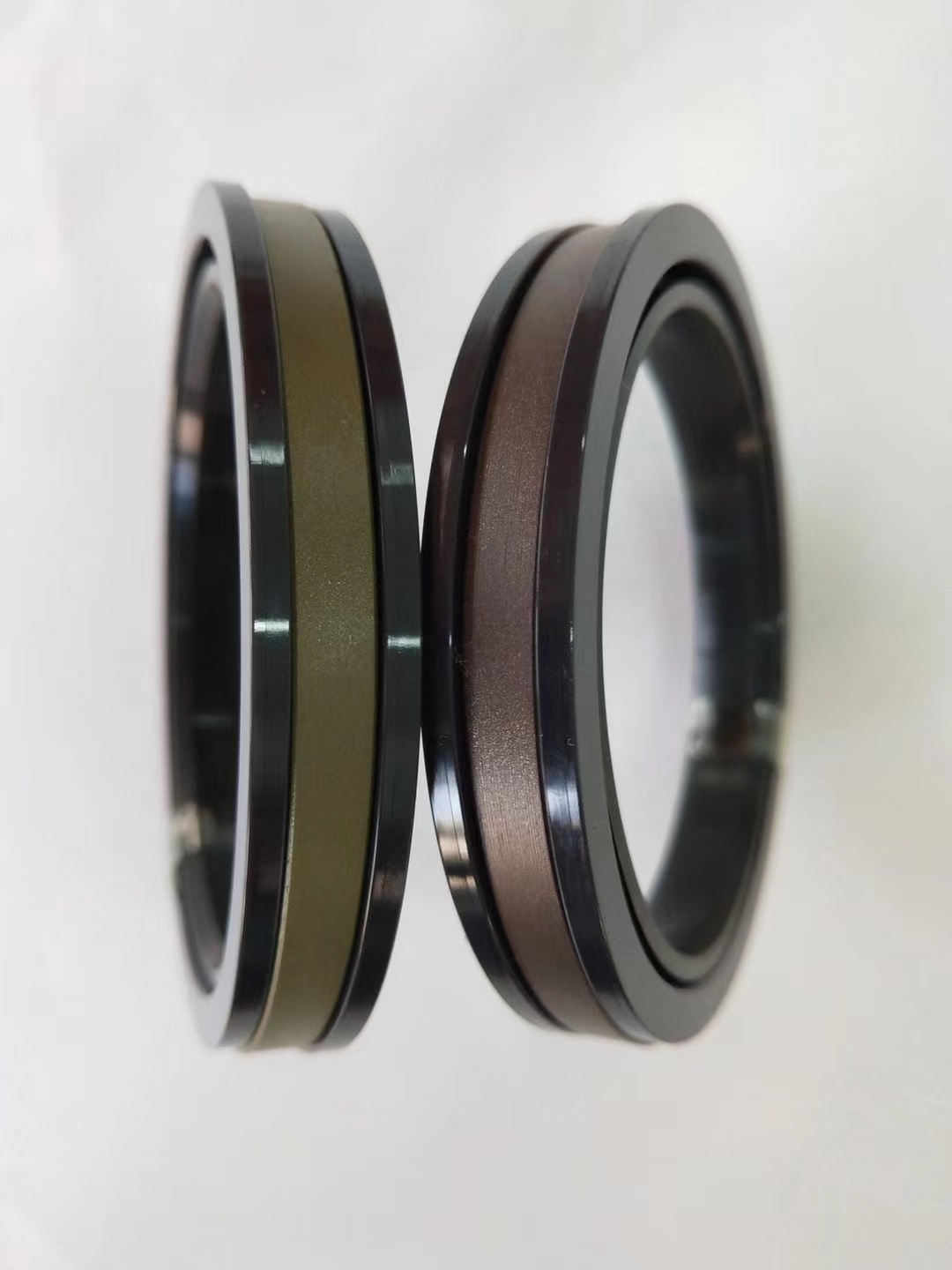
Sealing products made of polytetrafluoroethylene and nitrile rubber/PTFErubber; or seals made of nylon resin and nitrile rubber, which can be used in a wide range of applications with large pressure changes and fast sliding speeds According to the working condition, the input hydraulic pressure cutout is designed on the end face of the polytetrafluoroethylene ring to prevent penetration leakage. The maximum working temperature environment is minus 40 degrees Celsius to 160 degrees Celsius; the maximum working pressure is 50MPa.
SPGW piston seal
Material:PTFE+rubber elastomer+reinforced modified nylon
Temperature:Nitrile rubber -40~100℃
Speed:=1.0m/s
Pressure:≤50mpa

SPGO piston seal
Material:PTFE+rubber elastomer
Temperature:Nitrile rubber -40~110℃
Speed:=1.0m/s
Pressure:≤35mpa
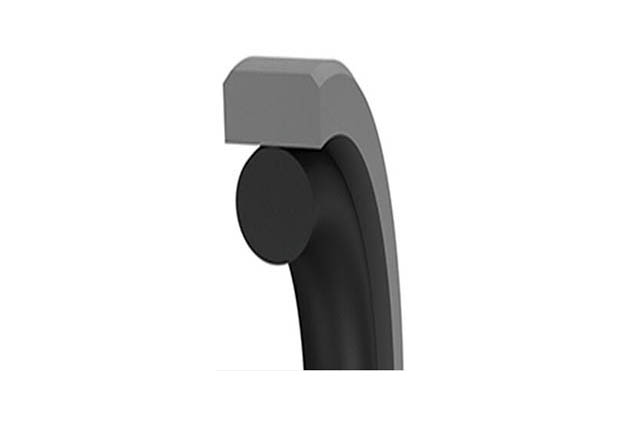
SRUV piston rod seal
Material:NBR+thermoplastic polyurethane
Temperature: -35`90℃
Speed:=0.5m/s
Pressure:≤40mpa
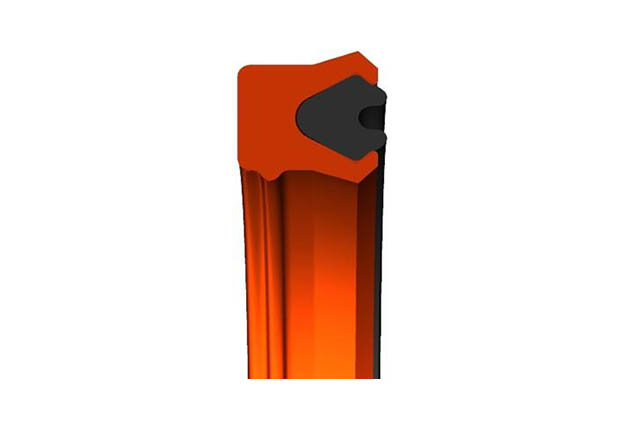
SRS piston rod seal
Material:PTFE+NBR
Temperature:-40~110℃
Speed:=1.0m/s
Pressure:≤40mpa
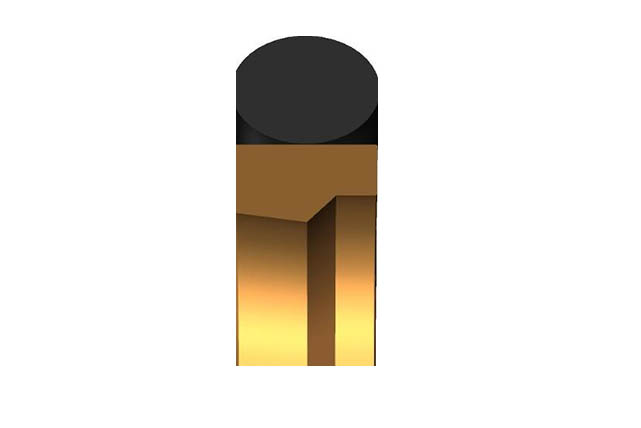
SRCB piston rod buffer seal
Material:Polyurethane+modified polyoxymethylene
Temperature: -35~110℃
Speed:=1.0m/s
Pressure:≤50mpa

SRU piston rod seal
Material:Polyurethane
Temperature:-35~100℃
Speed:=1.0m/s
Pressure:≤40mpa
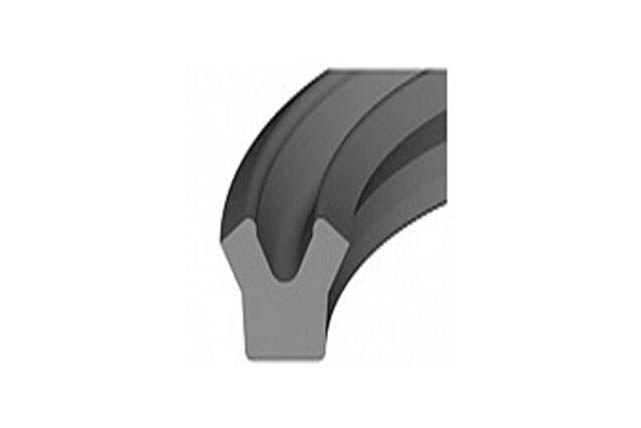
SRD iron case dust prevention
Material:Polyurethane+metal skeleton material
Temperature:-40~110℃
Speed:=1.0m/s
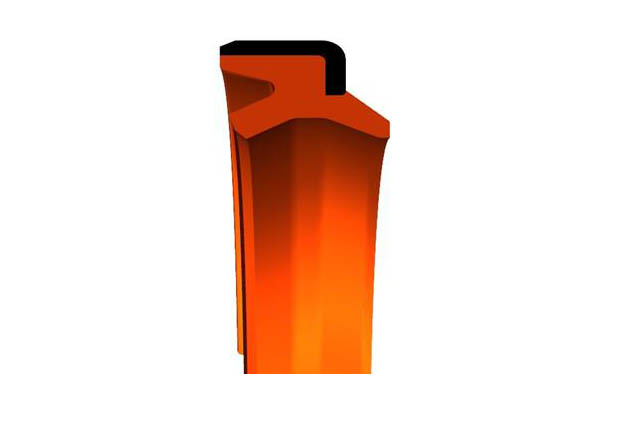
SRDI soft dustproof
Material:polyurethane
Temperature:-40~110℃
Speed:=1.0m/
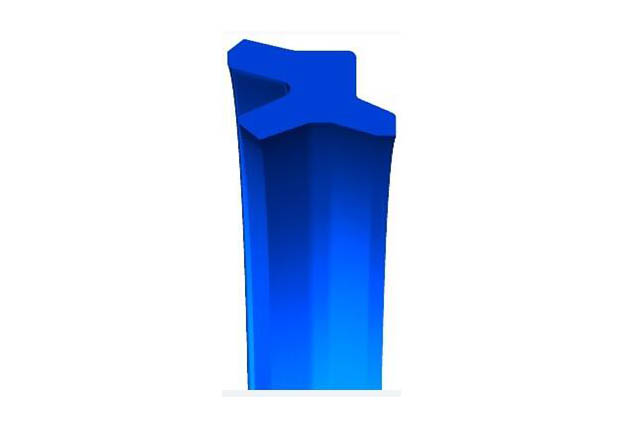
SDS Dumbbell Seal
Material:polyurethane
Temperature: -35~110℃
Speed:=0.5m/s
Pressure:≤50mpa

SPG piston combination seal
Temperature:
NBR+Polyurethane + Modified PolyoxymethyleneTemperature:-35`110℃
Speed:=0.3m/s
Pressure:≤70mpa
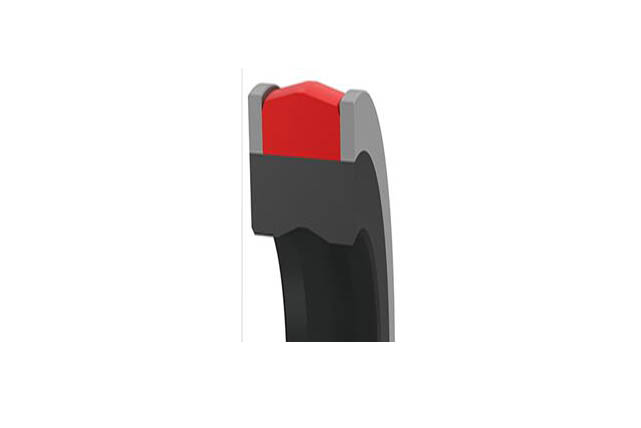
SRNL piston rod seal
Material
NBR+Polyurethane + Modified PolyoxymethyleneTemperature:-35`110℃
Speed:=0.3m/s
Pressure:≤70mpa
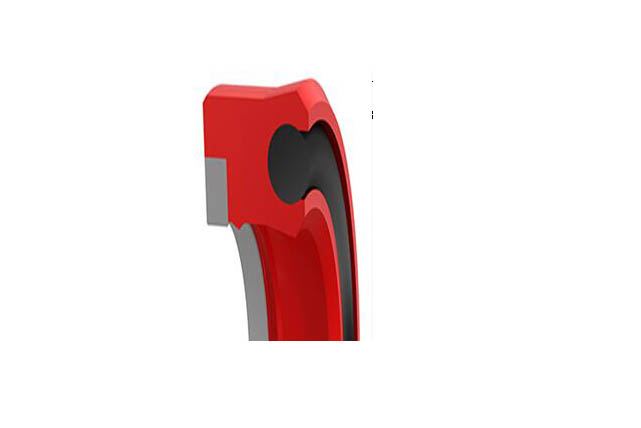
SRDF Piston Rod Seal
Material
Polyester rubberTemperature:-40`100℃
Speed:=1.0m/s
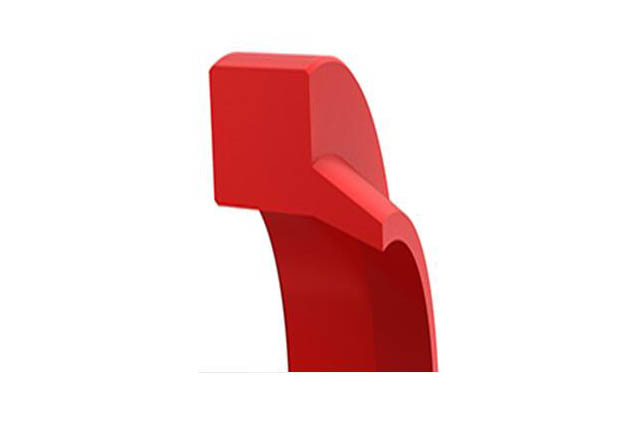
SDY Y-seal
Material:Polyurethane
Temperature:-35~110℃
Speed:=0.5m/s
Pressure:≤70mpa

KZT anti fouling ring
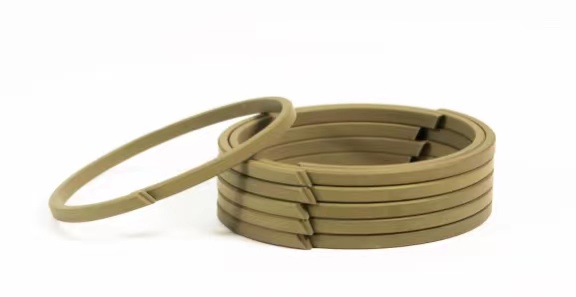
SDS Steffel
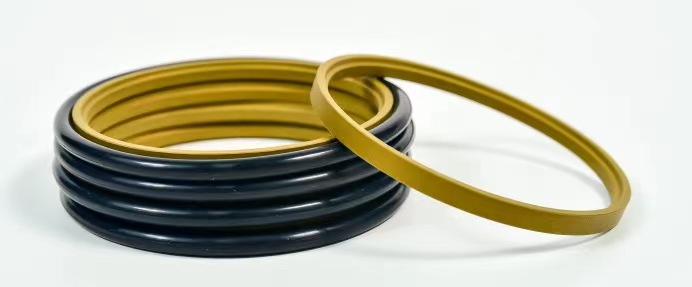
Piston main oil seal

oil seals,hydraulic oil seal,track link oil seal,TCV oil seal,O-ring
Safe Seal Technology Co., Ltd. , https://www.jsspreals.com